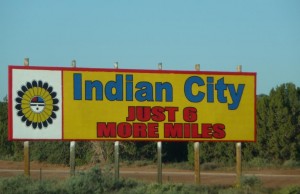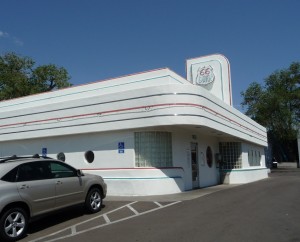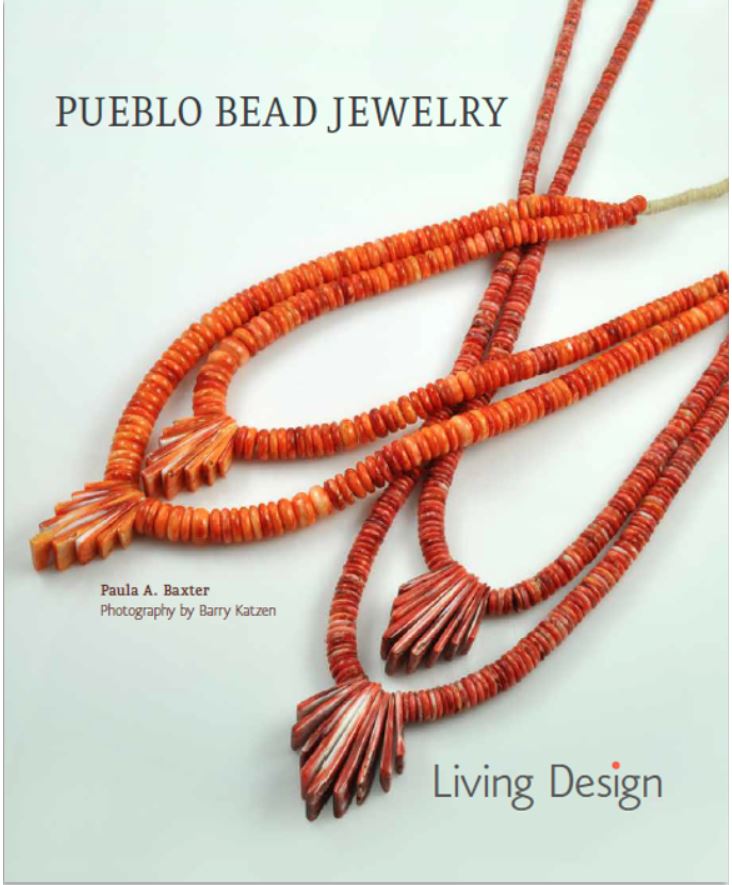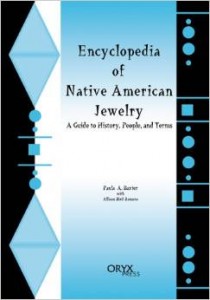The remnants of the Route 66 tourist trade abound along I-40. Some of these remain kitchy and have an old-fashioned air. Others, like the streamlined Route 66 Diner, provide a chance to enjoy the past by embracing its comfort food. It’s interesting to look back and realize that the decades when Route 66 came to life in story and song where the 1950s and 1960s. These years were when the Indian reservations finally got electrification and state-funded high grade tarmac roads for the first time. The television, too, brought a window onto the greater world at large. I lived in Albuquerque briefly in the early 1960s. I visited Acoma and Santo Domingo and was struck by the matter-of-fact ease with which, to my childish eyes, Indians seemingly lived in two worlds at once. Growing up, I realize that analogy was too simplistic. Indians live in the world as any other ethnic peoples do, and their ability to enjoy urban pleasures is equal to anyone’s. Isn’t it time that non-Natives stop referring to Indians as living in two worlds? It’s one world—and still as imperfect as ever.
 One of the many Indian curio spots on I-40 — a reminder of old Route 66.
One of the many Indian curio spots on I-40 — a reminder of old Route 66.
 The Route 66 Diner in Albuquerque.
The Route 66 Diner in Albuquerque.




